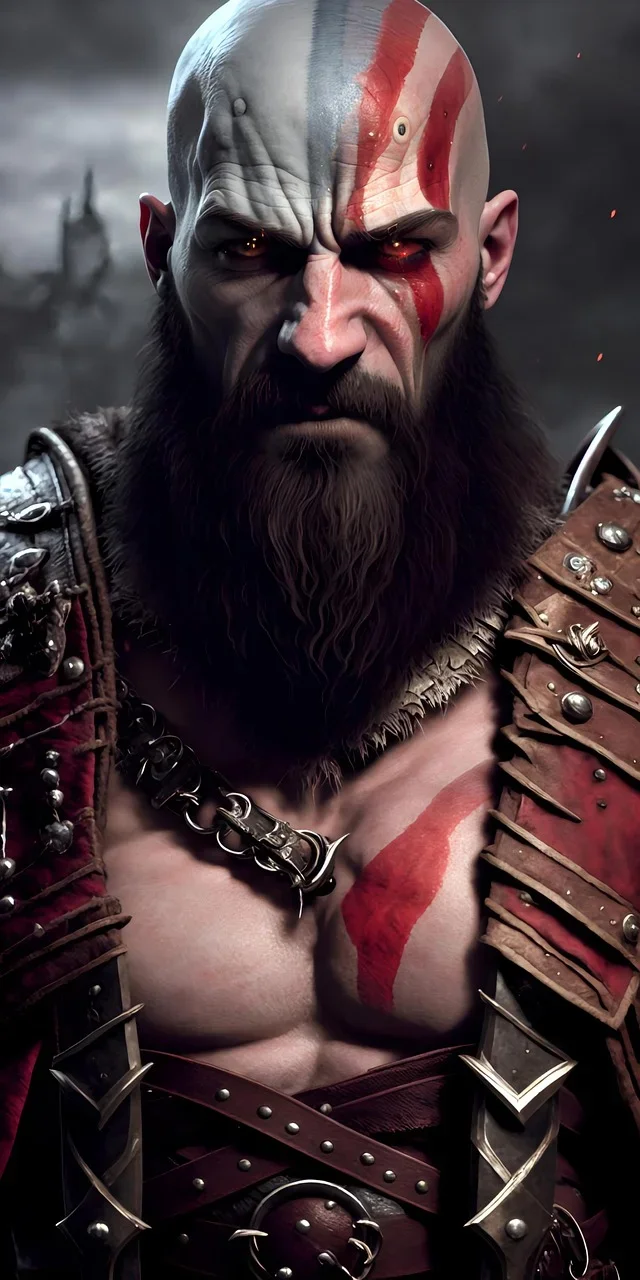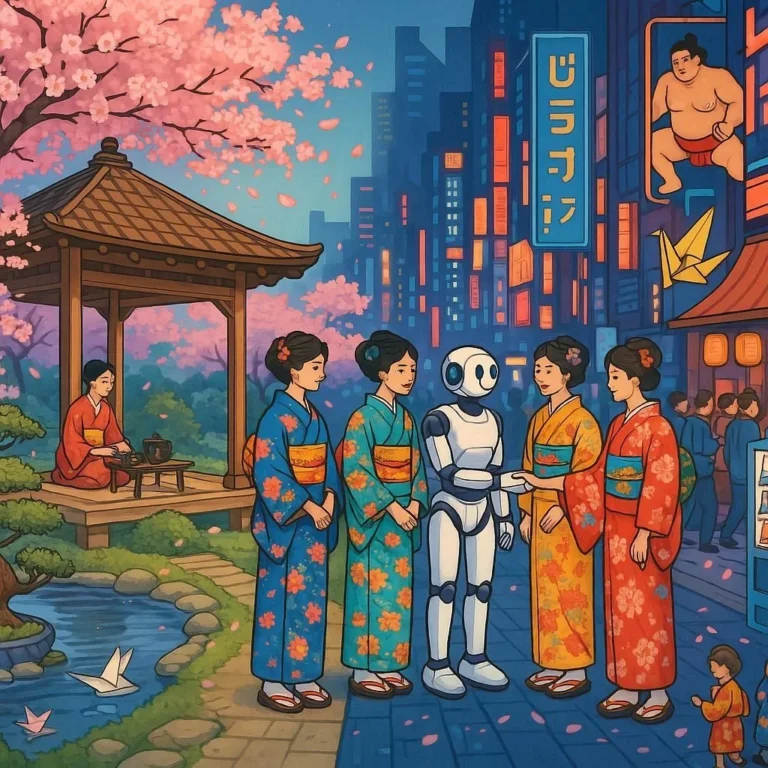505 views The Legacy of Miyamoto Musashi: Warrior, Writer, Philosopher
“Steel is my heart; the blade is my hand. The world around me is merely a stage for the dance of honor.” – Miyamoto Musashi
Introduction
Miyamoto Musashi (1584‑1645) remains one of Japan’s most celebrated figures, yet his impact transcends the simple label of warrior. He was a strategic thinker, a prolific writer, and a philosophical icon whose ideas ripple through martial arts, literature, and even modern pop culture. By examining Musashi’s life, his Kōdō Shinshō (the Book of Five Rings), and the way his legacy has evolved, we gain insight into how a single individual reshaped an entire worldview.
Early Life: The Formative Years
Musashi was born in the province of Harima (modern‐day Hyōgo), during Japan’s tumultuous Sengoku period. His father, an itinerant samurai, died when Musashi was only a child, and the 12‑year‑old found himself digging his own grave with the sword he received at age seven. These years of hardship forged a striking blend of self‑discipline and adaptability. He fought in his first duel at 13, a confrontation that, while technically a loss, brought him acclaim for his relentless spirit.
**Key Points:
- Discipline from Early Adversity: Musashi’s rejection of conventional training in favor of “real‑world” combat allowed him to develop an unorthodox fighting style.
- Psychological Resilience: Each defeat sharpened his resolve, turning losses into lessons.
- Philosophical Seeds: He began to ask “Why does a sword grow? What is the true purpose of battle?”—questions that would underpin his later writings.
The Warrior on the Battlefield
Musashi’s fight‑records are the stuff of legend. He engaged over 60 duels, winning more than 60, and his most famous duel was against Sasaki Kojiro in 1612 on Ganryūjima island. Despite being outgunned, Musashi’s superior technique and psychological warfare turned the tide.
Strategic Innovations
- Double‑Sword Technique (Niten Ichi‑Jutsu): Musashi wielded two swords simultaneously, a move that confounded opponents who trained for single‑sword engagement.
- Non‑Linear Path: He refused to be predictable; rather than set patterns, he adapted instantly to circumstances.
- Mental Warfare: He leveraged environment—weather, terrain, psychological pressure—to incapacitate foes before physical contact.
These tactics echo modern sports science and cyber‑security principles: adaptivity, probability weighting, and resource optimization. This alignment demonstrates why Musashi’s approach is still studied by military strategists and corporate leaders alike.
The Book of Five Rings: A Philosophical Treatise
After a lifetime of combat, Musashi documented his beliefs in 1645, a year after his death, in Go Rin No Sho (Five Rings). The book is divided into five “rings”: Earth, Water, Fire, Wind, and Void. Each ring represents a stage of training, reflection, or the nature of conflict.
The Five Rings Explained
| Ring | Symbol | Core Idea |
|——|——–|————|
| Earth | Solid foundation | A practitioner must secure a strong base—physical conditioning, mental discipline, and knowledge of fundamentals. |
| Water | Flexibility | Adaptability is essential; fluid movement allows one to alter strategies as circumstances shift. |
| Fire | Aggression & timing | Conflict is a battlefield of spirits; decisive action at the right moment yields victory. |
| Wind | Broader perspective | Critics, traditions, and the broader environment must be observed to anticipate patterns. |
| Void | Transcendence | The final ring urges transcending technique in pursuit of a pure, instinctive awareness—akin to meditation.
While Book of Five Rings is a martial‑arts manual, its lessons extend to business competitions, negotiation tactics, and even personal growth. Scholars note parallels with Western strategic literature, such as Sun Tzu’s Art of War.
Teaching, Mentorship, and The Aikido Connection
Beyond literature, Musashi’s seminars helped shape successive generations. He founded the Jōdō school, where he trained apprentices in sword‑play, strategy, and philosophy. After his demise, his teachings spread through disciples like Tamiya Tomonobu and Hishikawa Kioichi, who codified many aspects of his approach.
Influence on Aikido
Miyamoto’s parallel pursuit of spiritual harmony and physical discipline influenced Miyamoto Musashi Aikido, blending his twin‑sword methodology with the flowing torques of Aikido. Modern masters praise his “quiet mind” principle, akin to Zen breathing practices found in aikido training.
Martial Arts Worldwide
From Kendo streets in Japan to Brazilian Jiu‑Jitsu seminars in São Paulo, Musashi’s strategies find representation wherever combat‑training values mental primacy over raw force. The “two‑handed principle”—selecting the right weapon for each situation—is a staple in contemporary martial arts curricula.
Cultural and Literary Echoes
Musashi’s story permeates modern media. The 1964 film Musashi: The Sword of No Swords revitalized his narrative for post‑war audiences. Video games such as Nioh and Sekiro incorporate his techniques into combat systems. Even western literature and pop icons like The Ninja series reference his dual‑blade aesthetic and philosophy of “mind over muscle.”
Literary Adaptations
- Haruki Murakami’s Killing Commendatore references Musashi as a metaphor for creative struggle.
- Robert Lipsyte’s The Loyal Romantics uses Musashi’s career to illustrate the blend of disciplined craft and rebellious spirit.
Such integrations underscore Musashi’s role as a symbol of the “warrior in the mind.”
Lessons for Modern Life
Musashi’s legacy is not confined to sword‑play. He left a toolbox for anyone facing conflict—whether literal or figurative.
| Category | Musashi Insight | Modern Application |
|———-|—————–|——————–|
| Leadership | Recognize the environment before decision. | Market analysis before product launch. |
| Personal Growth | Train until your discomfort zone becomes second nature. | Learning new languages or performance skills. |
| Conflict Resolution | Use psychological warfare to defuse threats. | Diplomacy, mediation, and crisis management. |
| Creativity | Embrace Void as the realm of spontaneous invention. | Artistic ideation or design thinking. |
These concepts form part of the contemporary “growth‑mindset” doctrine and can immediately enrich daily life.
Conclusion
Miyamoto Musashi’s impact endures because he encapsulated a holistic worldview: the warrior’s muscle, the writer’s pen, and the philosopher’s mind were inseparable. His Kōdō Shinshō continues to shape strategy textbooks; his founding of schools ensured his methods did not fade but adapt to new eras. Whether you’re a martial artist, an entrepreneur, or a student of history, Musashi’s integrated approach offers a timeless blueprint:
Train the body, enlighten the mind, and master the environment.
By following his example, you not only honor a legendary figure but also unlock a pathway toward achieving balance and mastery in modern times.







